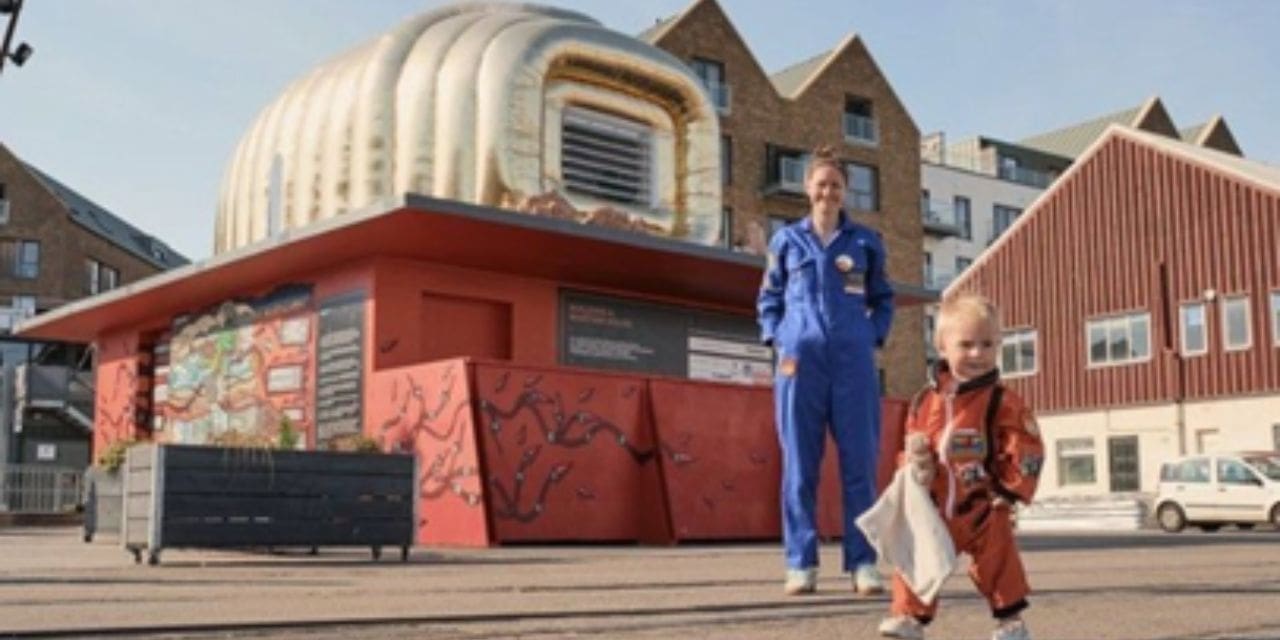Textile artist Anurita Chandola has made a remarkable shift from her roots in textile art to becoming a spacewear designer. This transition was spurred by her involvement in Bristol’s Martian House Project, where she collaborated on the first non-US trial of an actual Martian house. Inspired by NASA’s ambitious plans for human settlement on Mars by the 2030s, Chandola crafted a unique line of Mars-friendly apparel.
Chandola’s journey into spacewear design was influenced by a NASA experiment in 2015. The experiment involved scientists living in a dome under conditions mimicking Mars. Interestingly, celebratory T-shirts introduced into the environment caused the demise of plants due to dye chemicals, highlighting the impact of resource usage and sustainability, a lesson Chandola now emphasizes.
Her fascination with how clothing interacts with gravity in space prompted Chandola to merge her expertise in fashion with her passion for space exploration. A veteran in the fashion industry, she redirected her career after recognizing the environmental consequences of fast fashion. In a TedX Bristol talk, she shared insights into her journey of creating attire not only for spacefarers but also extending her focus to women and children.
After returning to study at London’s Royal College of Art, Chandola dedicated herself to researching and designing a clothing line suitable for Mars. Her project represents a pioneering effort outside the United States in creating a prototype Martian habitat, aligning with NASA’s vision for the future. Chandola’s endeavors go beyond the realm of spacewear; they pivot towards sustainable fashion intersecting with futuristic design. Her work echoes broader lessons on responsible resource utilization, emphasizing the importance of these principles not just for future space exploration but also for the longevity and well-being of our planet Earth.

